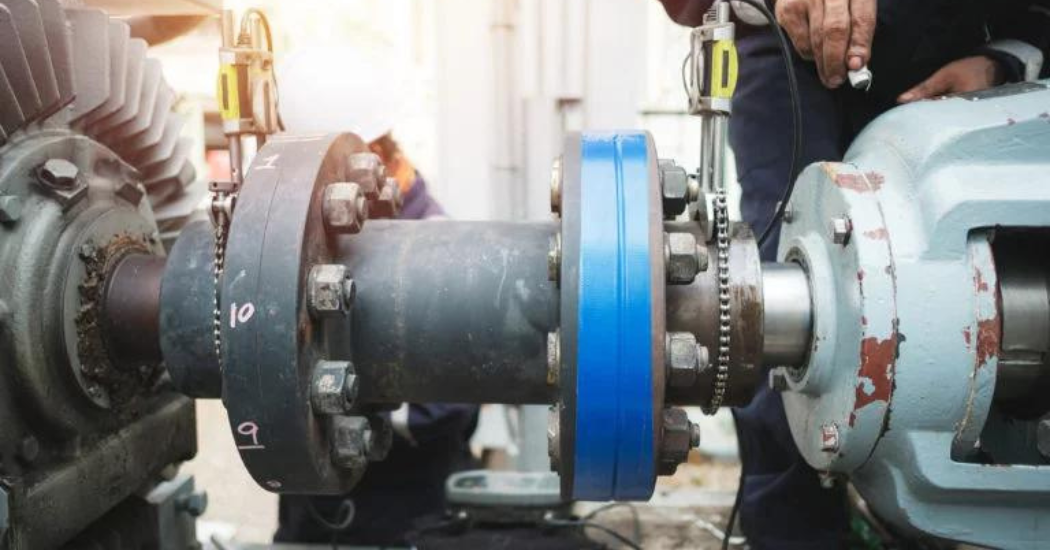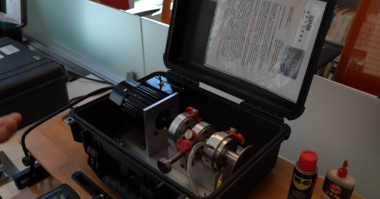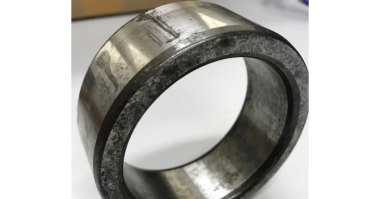Preventive Maintenance examples of why you can’t just document a PM program, you have to execute the program.
Who else thinks that improvement projects have gotten more complicated than necessary? At a point where implementation becomes impossible, projects fizzle out completely, sometimes after thousands of work hours have been put in.
Keeping things simple when you implement maintenance processes is the foundation for successful execution on the plant floor. This is the best possible scenario to reach the goals.
Preventive Maintenance Examples – Execution
At a paper mill some years ago, Torbjörn Idhammar held a training course in how to efficiently document and implement preventative maintenance – DOWNLOAD our 8 Step PM guide. Afterward, the participants said they felt they already knew a lot of what was touched upon in the course. Unfortunately, they probably meant they knew the theoretical part of how to approach documentation of PM but less about the actual implementation. Later, as it turned out, they proved that they may have understood the concepts, but managed neither.
The participants at that paper mill were totally onboard with the documentation piece, they understood the theory, or so they said. But after the course was over, the end goal was changed. Mostly because they didn’t know how to implement a PM project, but also due to old habits. They went from implementing PM efficiently to documenting PM (efficiency disappeared.) Unfortunately, this phenomenon is extremely common.
Good PM Documentation does not always equal execution
Many technically minded people focus on documenting specifications for how work is supposed to be carried out. They commonly assume that others execute what they document, but they seldom (or never) take responsibility for implementing the documentation they have created.
In my experience, documentation should be about 5 % of the improvement work, while 95 % is about convincing humans to follow a specification on the floor or buy in to the project.
Maintenance projects usually demand 5 % for documentation and/or design of processes, about 10 % goes to informing and training the personnel how the documentation works, and 85 % is about coaching and follow-up with those who are carrying out the maintenance project, whatever it may be. And that’s exactly why IDCON’s consultants spend 80-90 % in plants, mines and mills and only about 10-20 % teaching courses.
Two years later, I did a follow-up with this paper mill, and it turned out that they had put together a group of 6-8 people who were responsible for implementing PM. In the two years that had passed, they hadn’t implemented a single PM and only documented one—on one piece of equipment. What had happened?
The PM group had discussed all sorts of possible and impossible scenarios for how PM should be set up with the help different computer systems. They had evaluated several systems and got stuck on how to integrate SAP. In short, they went down the rabbit hole on documentation instead of focusing on the easiest way to reach execution.
So, what should they have done instead?
The absolute easiest way would have been to just assign an experienced repairman with interest in PM to inspect the equipment without any type of specifications. It wouldn’t take many minutes. Is it perfect? No? You don’t get any measurements, you don’t have any documentation, and so on, but that would have given a much better result than what the group had managed to not get together for two years.
They could have begun by doing rounds on the floor, say over two months, documented in Word or Excel, while the problems were repaired. After that, an Excel round could have been developed into a more sophisticated, computerized round with measurements, trends, etc. This, done parallel with the instrument department who could have worked with improved calibrations, for example, would be an efficient to move forward.
The point is that if we focus on implementation and keep it simple, we can get a quick start, see fast results, and then polish off the plan and do the actual improvement project.
Keeping things simple and execute, execute, execute, are also some of the most important tips Christer Idhammar brings up in his book “Knocking Bolts”, which was released in September 2019. If you’d like to order the book, you can purchase either a digital edition or a real book.
If you want to learn more about how to implement a practical Preventive Maintenance System, contact IDCON.





Comments